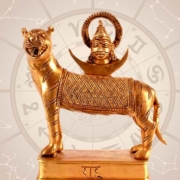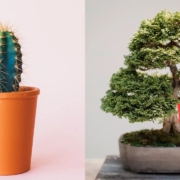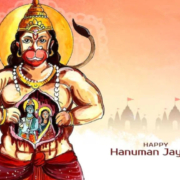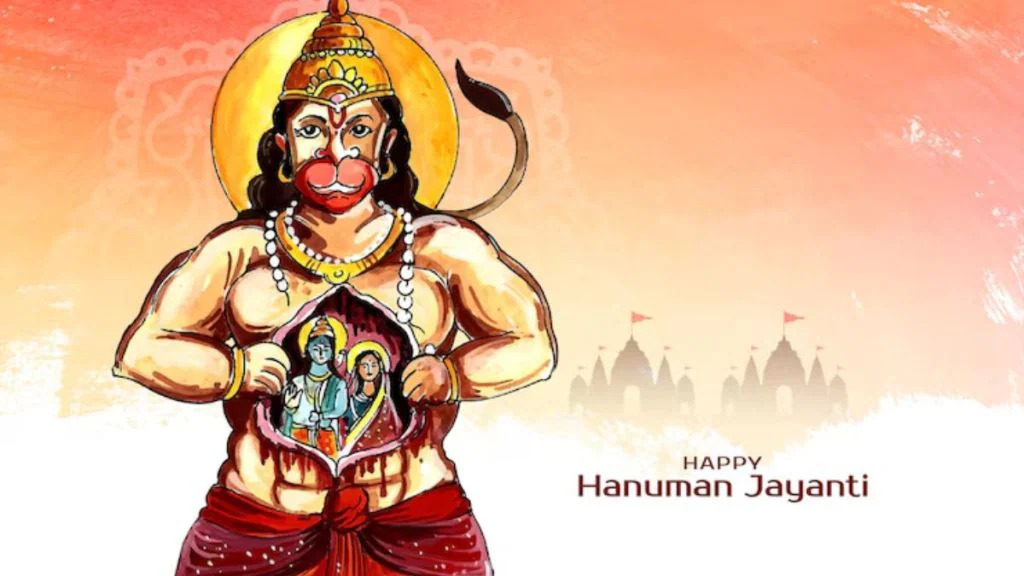Astrologer in Delhi Offering Kundli, Numerology & Vastu Services
Unlock Your Destiny with the Best Astrologer in Delhi – Rajeshshrimali Ji
If you’re searching for guidance in love, career, health, or wealth, your search ends here with Rajeshshrimali Ji, the best astrologer in Delhi. With decades of experience, deep Vedic knowledge, and a modern approach to ancient sciences like Kundli reading, Numerology, and Vastu, Rajeshshrimali Ji has become a trusted name across Delhi and India.
Whether you are facing obstacles in personal life or confusion in professional decisions, astrology provides a timeless solution—and Rajeshshrimali Ji is a name you can trust for clarity and direction.
Read More : https://rajeshshrimali.com/best-astrologer-delhi/
Why Choose Rajeshshrimali Ji – The Best Astrologer in Delhi?
In a city full of promises and opportunities, life in Delhi can be both exhilarating and overwhelming. From career struggles to relationship challenges, many individuals turn to astrology for answers. But what makes Rajeshshrimali Ji stand out as the best astrologer in Delhi?
Here’s why:
- Over 30 years of experience in astrology, numerology, and Vastu consultancy.
- A personalized approach to every horoscope and client.
- A wide base of satisfied clients from Delhi NCR, India, and abroad.
- In-depth knowledge of Vedic Astrology, KP Astrology, and Lal Kitab remedies.
- Scientific and practical insights into every problem, combined with spiritual wisdom.
Thousands of lives have been positively transformed by his accurate predictions and simple remedies.
Comprehensive Astrology Services by Rajeshshrimali Ji
As a leading astrologer in Delhi, Rajeshshrimali Ji offers a wide range of services tailored to your needs. Whether you’re struggling with love life, finances, or career confusion, you can find solutions under one roof.
1. Kundli Analysis (Janam Kundli)
Kundli, or horoscope, is the blueprint of your life based on the planetary positions at your time of birth. Accurate Kundli matching and analysis are crucial for marriage, career decisions, and health issues.
Rajeshshrimali Ji’s Kundli services include:
- Detailed birth chart creation
- Horoscope matching for marriage
- Career and job-related predictions
- Health and longevity analysis
- Dosha detection (like Mangal Dosha, Kaal Sarp Dosha) and remedies
A thorough Kundli reading can illuminate your strengths, weaknesses, and the best time to take important life steps.
2. Numerology – Discover the Power of Numbers
Numerology is the mystical science of numbers that influence your personality, life path, and destiny. Rajeshshrimali Ji, a trusted astrologer in Delhi, helps decode your birth number and name number to guide you toward success.
His numerology services include:
- Name correction and suggestion
- Lucky number and date recommendations
- Business and brand name numerology
- Mobile number analysis for luck
- Personal year predictions for upcoming opportunities or risks
Numerology can improve your decision-making, attract prosperity, and even help in overcoming bad luck.
3. Vastu Consultancy – Harmonize Your Space
Your home and workspace significantly affect your life’s energy. Rajeshshrimali Ji’s expertise in Vastu Shastra ensures that your environment supports your health, success, and happiness.
Key Vastu services include:
- Vastu analysis for home and office
- Vastu for plot selection and architecture
- Remedies for existing Vastu defects (without demolition)
- Tips for enhancing wealth, peace, and relationships
- Vastu-compliant interior guidance
If your life seems stuck or you’re facing repeated setbacks, Vastu might hold the key to unlocking progress.
Real-Life Impact – Testimonials That Speak Volumes
What truly defines Rajeshshrimali Ji as the best astrologer in Delhi is the glowing feedback from his clients. People from all walks of life—from students to businessmen, celebrities to homemakers—have benefitted from his wisdom.
“I was going through a tough phase in my marriage. Thanks to Rajeshshrimali Ji’s Kundli analysis and simple remedies, peace returned to my home.” – Ritu, South Delhi
“His numerology guidance gave my startup the perfect name. Now my business is growing faster than I ever expected.” – Arjun, Gurgaon
“We corrected the Vastu of our house, and within months, my health improved and financial stress reduced.” – Nidhi, Noida
Personalized Consultations for Everyone
Whether you are a student preparing for exams, a professional eyeing a promotion, or a couple planning to get married, Rajeshshrimali Ji offers one-on-one personalized astrology sessions. He listens patiently, analyzes deeply, and provides remedies that are practical and effective.
Consultations available in-person and online for clients in Delhi NCR and worldwide.
You can book a session for:
- Love & Relationships
- Career & Finance
- Health Issues
- Marriage & Kundli Matching
- Business & Investment
- Education & Foreign Travel
- Spiritual Growth & Peace of Mind
Simple Remedies That Actually Work
Astrology isn’t just about predictions—it’s about solutions. Rajeshshrimali Ji is known for suggesting easy-to-follow, cost-effective remedies that suit your lifestyle and belief system.
Some of the remedies include:
- Wearing specific gemstones
- Mantras and spiritual practices
- Donations and charity-based remedies
- Personalized Yantras
- Behavioral adjustments and timing advice
These remedies are rooted in ancient wisdom and customized based on your individual chart.
Serving All of Delhi NCR – From Connaught Place to Gurgaon
Rajeshshrimali Ji’s astrology services are accessible across Delhi NCR, including:
- South Delhi (Greater Kailash, Lajpat Nagar)
- North Delhi (Model Town, Civil Lines)
- East Delhi (Preet Vihar, Mayur Vihar)
- West Delhi (Punjabi Bagh, Janakpuri)
- Noida, Ghaziabad, Faridabad, and Gurgaon
Read More : https://rajeshshrimali.com/meet-the-best-astrologer-in-delhi-for-love-career-health-advice/











